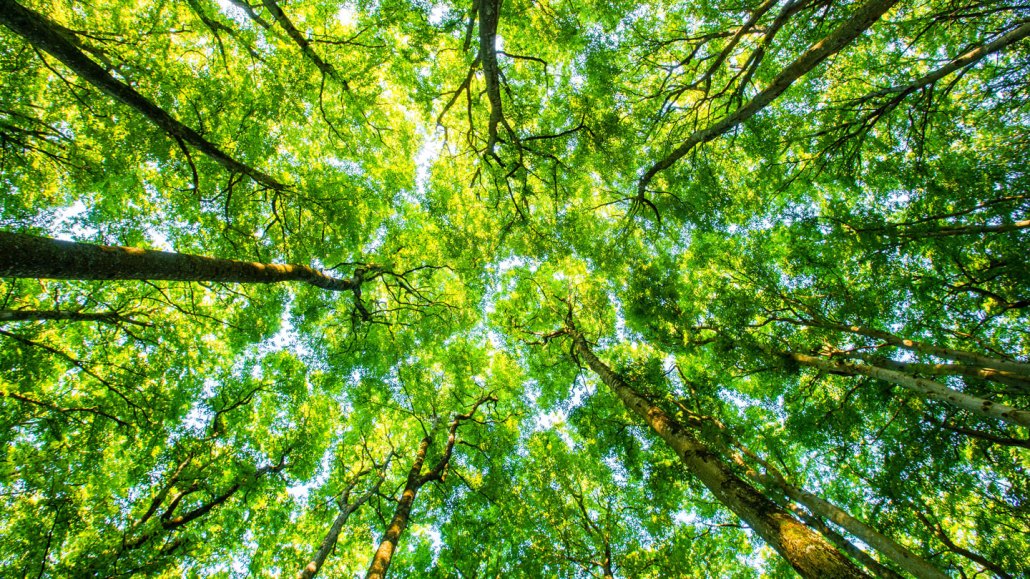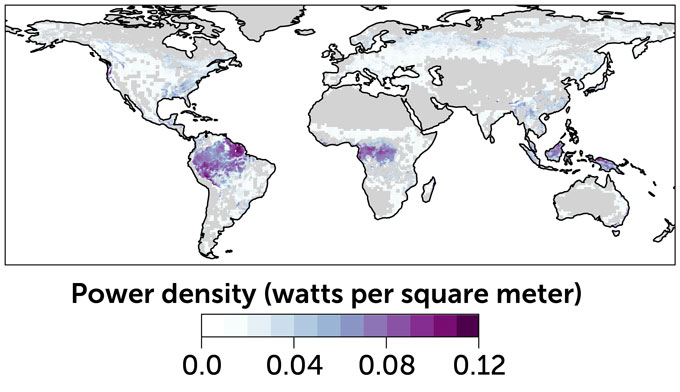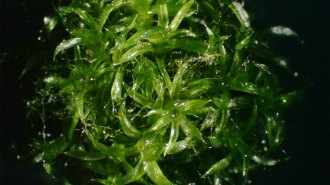The worldwide water-lifting power of plants is enormous
Forests alone use 9.4 quadrillion watt-hours of energy annually

The energy needed to lift water from below ground into plants’ foliage worldwide rivals the amount of energy generated globally by hydroelectric dams.
Baac3nes/Moment/Getty Images Plus







